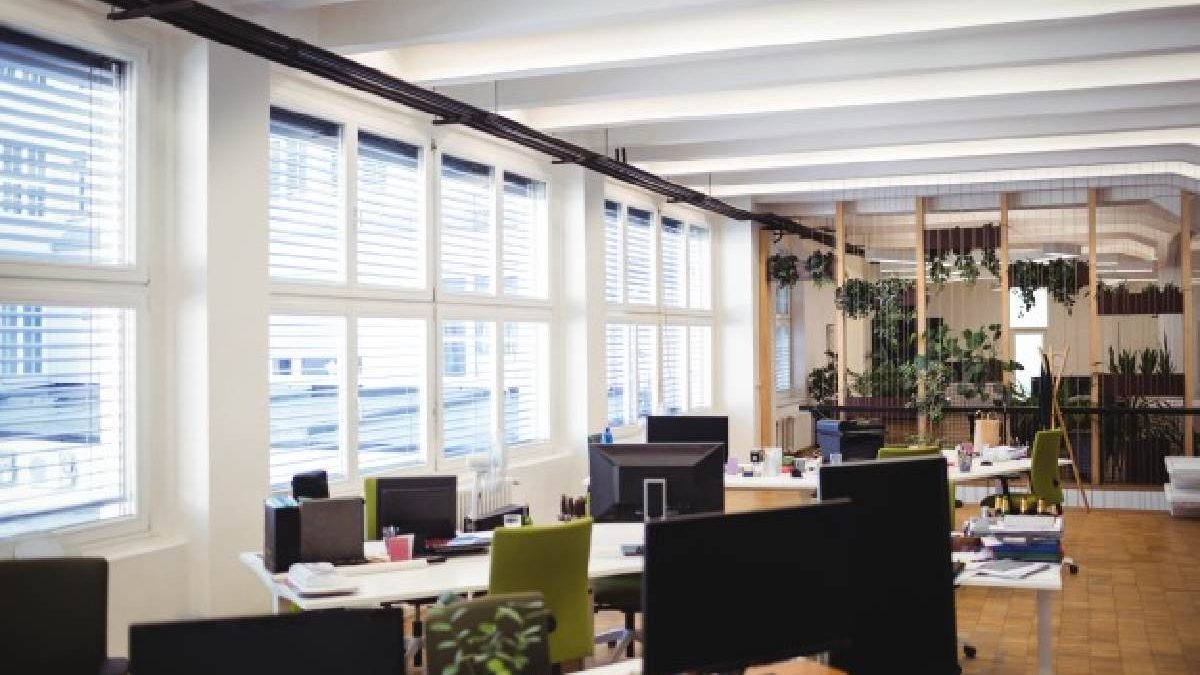Everything You Need to Know about the Office Downsizing Trend – If you’ve decided to embrace permanent work-from-home measures for your company, you wouldn’t be alone. Some of the biggest corporate names have done the same. But unlike Facebook or Twitter, you may not have a sprawling corporate campus that you’ll keep open, regardless of how few people work on-site every day.
Whether you have a single office or an entire building, your vacant corporate space cuts into your bottom line. Downsizing your headquarters could give your cash flow a considerable boost, opening up your budget to focus on what matters most.
Before you take advantage of downsizing, check out the info below. It will help you make a more informed choice about the move.
Table of Contents
The Work-From-Home and Office Vacancy Rates
At the start of the pandemic, many work-from-home arrangements were reactionary solutions to a temporary problem. But as the healthcare crisis continues — and at-home productivity levels remain high — new research suggests remote work is a growing, permanent trend in corporate North America — pandemic or not.
Gartner, the global research and advisory company, surveyed 127 HR, legal and compliance, finance and real estate professionals about their workspace plans in the future. Nearly 50% of these leaders said they will allow employees to work from home on a full-time basis.
This survey coincides with office vacancy rates topping out in North American markets. In Canada, one in ten offices sat empty in Q4 2020. Meanwhile, U.S. vacancy rates rose to a record-breaking 18.2% in the same quarter.
How You Downsize is Unique to Your Needs
There’s no right or wrong way to downsize.
You might move out of your current office and focus on strengthening your digital communications. Maybe you have plans to relocate to a smaller location for essential staff, or perhaps you’re going to remain in place and sublease unused space.
Whether you’re leaving an office for good or revitalizing it before a sublease, you’ll need to take care of all the office equipment you’ve collected over the years.
Traditional vs Sustainable Decommission Options
Traditionally, liquidation services would handle your unneeded assets by selling the best and tossing the rest. At most, you would earn revenue on about 20% of your inventory, with 80% going to landfill.
Sustainable decommission services offer a modern approach to liquidation that’s more in tune with today’s concern about the climate. These services also arrange to sell office furniture, but they find eco-friendly uses for the remaining pieces.
Sustainable practices take gently used office furniture and donate them to a charity or non-profit in need of equipment. You’ll be able to track your office furniture donation to see the impact of your good deed on the community, which is an excellent opportunity to produce good news stories for your clients and shareholders.
Any broken or hard-used office furniture will then be recycled strategically so that its metals, fabrics, plastics, and wood can re-enter the manufacturing cycle and reduce the need for raw resources.
How Will You Get Rid of Office Furniture?
This question will follow any move to downsize. So, if you plan on capitalizing on your work-from-home arrangements, consider it carefully.
Whether you right-size your space for lowered capacity or give up the office entirely, the way you decommission your office has the potential to impact your triple bottom line: profit, people, and the planet. And after the economic shock of the pandemic, all three could use a boost.

